Breast implants are in the spotlight again, at the FDA Breast Section Medical Advisory Meeting in Washington DC.
The Food and Drug Administration has convened a two-day advisory committee meeting to hear testimony from patient advocate groups, implant manufacturers and plastic surgeons.
BIA-ALCL and Textured Implants
The FDA is getting involved with breast implants now that BIA-ALCL is increasingly a subject of hot debate. At the center of the debate is the how and the why, as patients are concerned to hear about the situation in the news knowing that they have textured implants, or where imminently close to selecting them for a breast augmentation.
The rare form of lymphoma is very treatable, if caught, and is exceedingly rare to contract, but patient advocates remain unconvinced by the calls that a ban on textured implants is too far.
That’s too far for me – we’ve been down that road before,” shares board certified plastic surgeon Dr. Grant Stevens of Marina Del Rey. “I don’t think we should have any restriction.”
Part of the issue with banning or temporarily shelving textured implants is that millions of women currently have those devices in them. The majority of them have no problems, and most are pleased with their results.
“I think it sends the wrong message,” says board certified plastic surgeon Dr. Brad Calobrace of Louisville, Kentucky. “There are millions and millions of women out there with textured devices that will do fine and live their whole life with a textured device without a problem. The message [a moratorium] would send, the alarm that would send, I think would be the wrong thing for the FDA to do.”
Patients vs. Surgeons
This is a difficult time for patients, and for surgeons. One the one hand, patient advocacy groups are doing everything they can to warn potential patients about the potential risks. Made up of real women who had real experiences, it is certainly hard to dismiss and downplay their fervor in addressing this problem. Much of what they are seeking is simple communication, something they’ve found to be lacking.
The problem for surgeons is the scientific side of things isn’t always the most illuminating. The current risk for BIA-ALCL and textured implants is somewhere between 1 and 3000 and 1 in 30,000. Even when the worst case scenario is used, BIA-ALCL doesn’t seem that big of a deal, considering the risk of breast cancer for every woman is 1 and 8 and normal operating risks, such as infection, is much higher than 1 in 100.
The question then becomes, how do patients and surgeons bridge this gap? How can surgeons, rightfully cognizant of evidence-based information and science, bridge the gap between patients, rightfully fearful and looking to protect others? Many on both sides believe it starts and ends with communication.
Board certified plastic surgeon Dr. Melinda Haws takes her patients concerns and questions very seriously, and always has. After all, she is a physician first.”I’ll tell you, 1 in 3000 sounds pretty good until you’re the 1. And then it’s 100% of your experience, which I’ve said to my patients about other complications – infection, or a venus thrombosis,” she explains. “If you’re the one, it’s devastating.”
In the end, patients want all the information and a great surgeon will be there to give it. “We believe patients deserve choice and access,” says board certified plastic surgeon Dr. William P. Adams Jr. “Re: BIA-ALCL, we know what the problem is (bacteria) and what the solution is (good refined surgical technique/ The 14 Point plan). We believe it’s ultimately a decision the patient and their physician will make. Taking choices away from informed patients is never a good thing for patients.”
Stay tuned for more reports from the FDA Meeting in Washington.




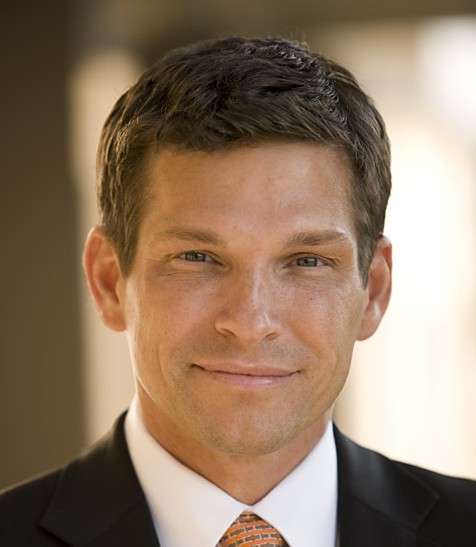

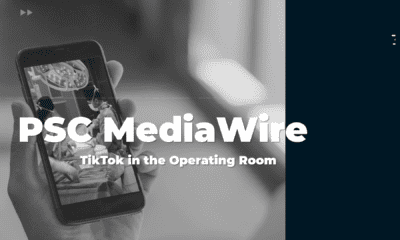


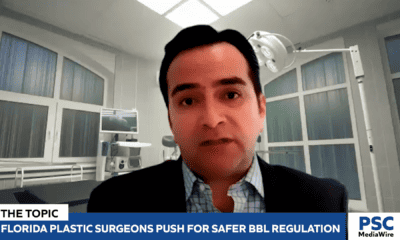
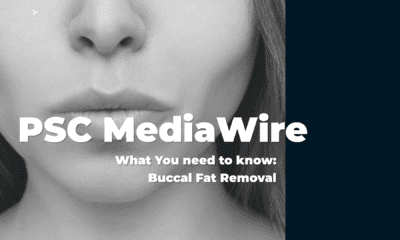


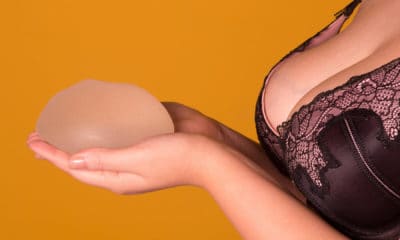
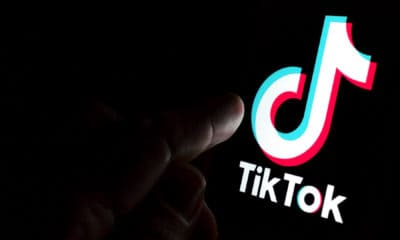




Facebook
Twitter
Instagram
YouTube
RSS